| Structure | Name/CAS No. | Articles |
|---|---|---|
 |
L(-)-Tryptophan
CAS:73-22-3 |
|
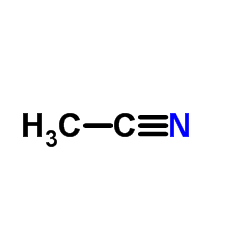 |
Acetonitrile
CAS:75-05-8 |
|
 |
Methanol
CAS:67-56-1 |
|
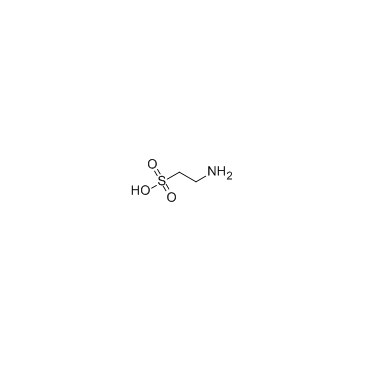 |
Taurine
CAS:107-35-7 |
|
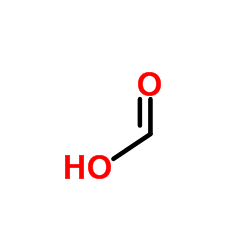 |
Formic Acid
CAS:64-18-6 |
|
 |
L-Phenylalanine
CAS:63-91-2 |
|
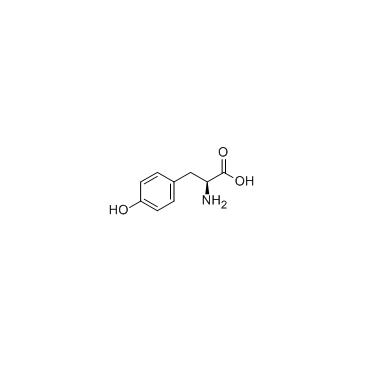 |
L-Tyrosine
CAS:60-18-4 |
|
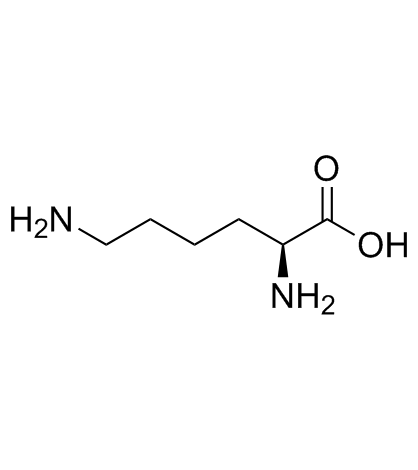 |
L-Lysine
CAS:56-87-1 |
|
 |
Kynurenic acid
CAS:492-27-3 |
|
 |
Glyoxylic acid
CAS:298-12-4 |